Summary
- Many aspects of the Zelda storyline are left unexplored, such as New Hyrule’s founding after The Great Flood.
- The era of the Interloper War introduced in Twilight Princess shows potential for further detailing in future titles.
- The era of the First Great Calamity, preceding Breath of the Wild, holds significant narrative potential that could be further explored.
Due to the cyclical nature of The Legend of Zelda‘s narrative, with a complex set of branching storylines, many areas of The Legend of Zelda‘s overarching plot are seemingly left behind after only one or two entries. As such, many fans are left to pick up the pieces of the renowned fantasy action RPG series’ story and build up a cohesive throughline while waiting for Nintendo to flesh out the bones in future installments.
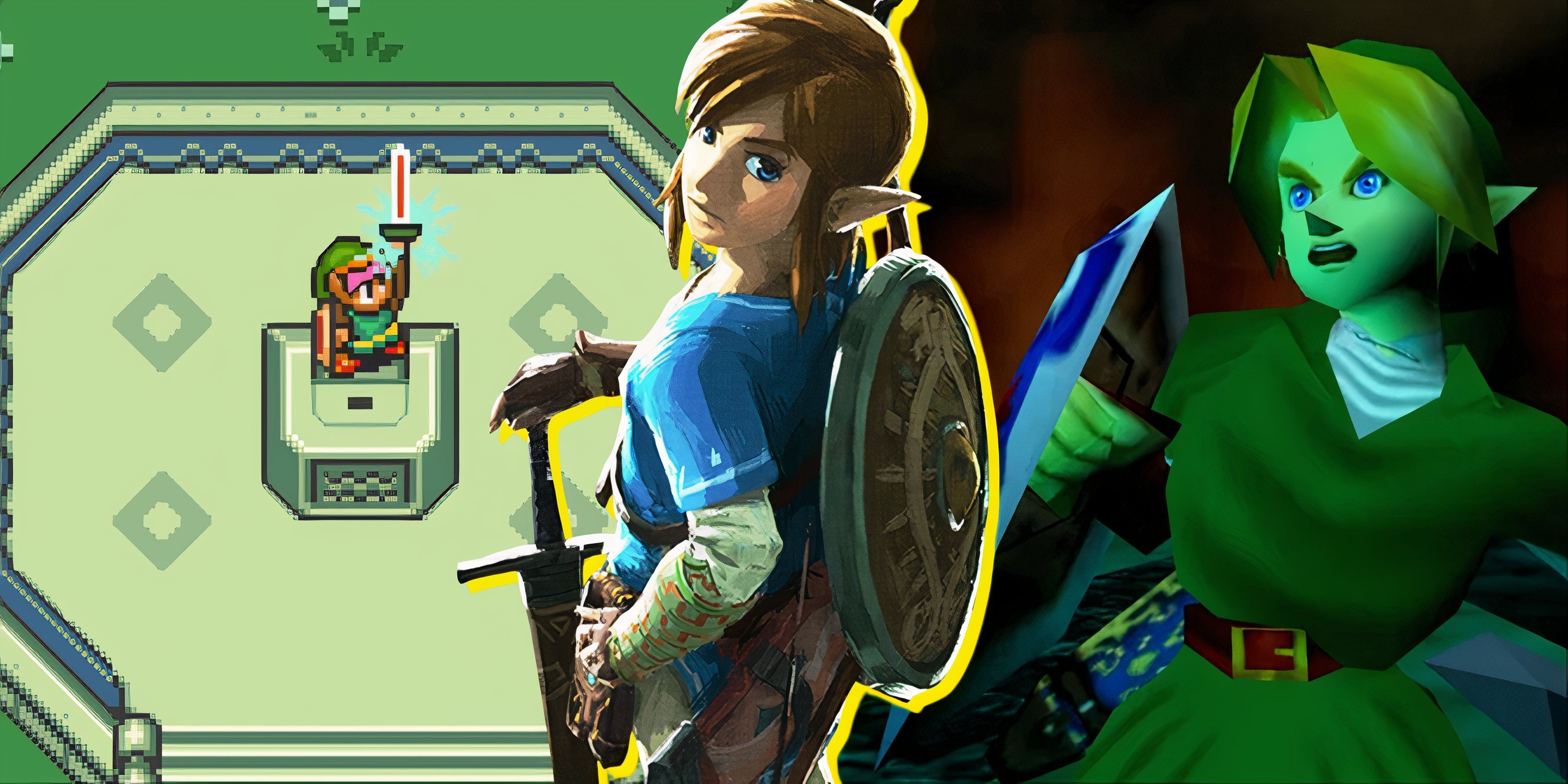
Related
9 The Legend Of Zelda Games That Changed The Franchise The Most
These Legend Of Zelda games, including A Link to The Past and Breath of the Wild, helped to transform the franchise for the better.
From the branching paths of The Legend of Zelda: Ocarina of Time‘s narrative to tales that go to the root of the conflict between the series’ most ancient beings, The Legend of Zelda‘s near 40-year-old legacy and splintering timeline has formed a whole host of narrative pockets that could do with being expanded upon in new entries.
1
The Era Where New Hyrule Is Founded
A Multi-Game Narrative Comes To A Sudden & Unexplained Conclusion
Although The Legend of Zelda franchise is renowned for telling some of video games’ most enduring stories, arguably none of the series’ conflicts have had their tales explored as much as The Great Flooding of Hyrule. First explored in 2002’s The Legend of Zelda: The Wind Waker, and its direct sequels Phantom Hourglass and Spirit Tracks, The Great Flood resulted in the forming of the Great Sea and the kingdom of Hyrule becoming submerged by the waves.
However, between the events of 2007’s Nintendo DS title Phantom Hourglass and its 2009 sequel Spirit Tracks, the founding of New Hyrule occurs after a land protected by the Spirits of Good is discovered. Although such a creative decision was most likely made to switch up Spirit Tracks‘ gameplay from the sailing focus of The Wind Waker and Phantom Hourglass, it remains a relatively unexplained – yet hugely important – piece of The Legend of Zelda‘s lore that has gone on underexplained for years.
2
The Era Where Hyrule Is Defended By The Hero Of Men
The Game Boy Advance’s Original & Unique Spin On The Formula
Despite its place as a late-lifespan Game Boy Advance title and a handheld-only installment in The Legend of Zelda franchise, The Legend of Zelda: The Minish Cap remains one of the console’s best experiences and a solid installment in the storied franchise. In “capturing the atmosphere and feeling of a classic Zelda game”, The Minish Cap prepares players for the prequel to The Legend of Zelda: Four Swords Adventures by telling the tale of the miniature Picori people and how they saved Hyrule by bestowing the legendary Picori Blade to the “Hero of Men.”
This tale is unique not only in its inclusion of the rarely spoken of Picori people who originated The Minish Cap but also in its place within The Legend of Zelda timeline. Telling the first tale since the formation of the kingdom of Hyrule, the Hero of Men and their defense of this new realm is but a stopgap on the way to telling The Minish Cap‘s connected story but it remains a plot point that has not been explored in the 20 years since the game’s release.
3
The Multiple Incarnations Of The Imprisoning War
A Confusingly Termed Conflict That Occurs In Multiple Titles
Even though the preamble text of The Legend of Zelda: A Link to the Past only touches on the events of the Imprisoning War in a concise effort to get layers into the action of “one of Link’s most memorable adventures”, its place within Hyrule’s history is deserving of much more explanation. Detailing how the game’s Seven Sages were commissioned to seal the kingdom’s connection to the Dark Realm, among the bloodshed and battle of the Imprisoning War, this introductory cutscene is effectively all that fans of the franchise have been able to utilize in their understanding of this period.
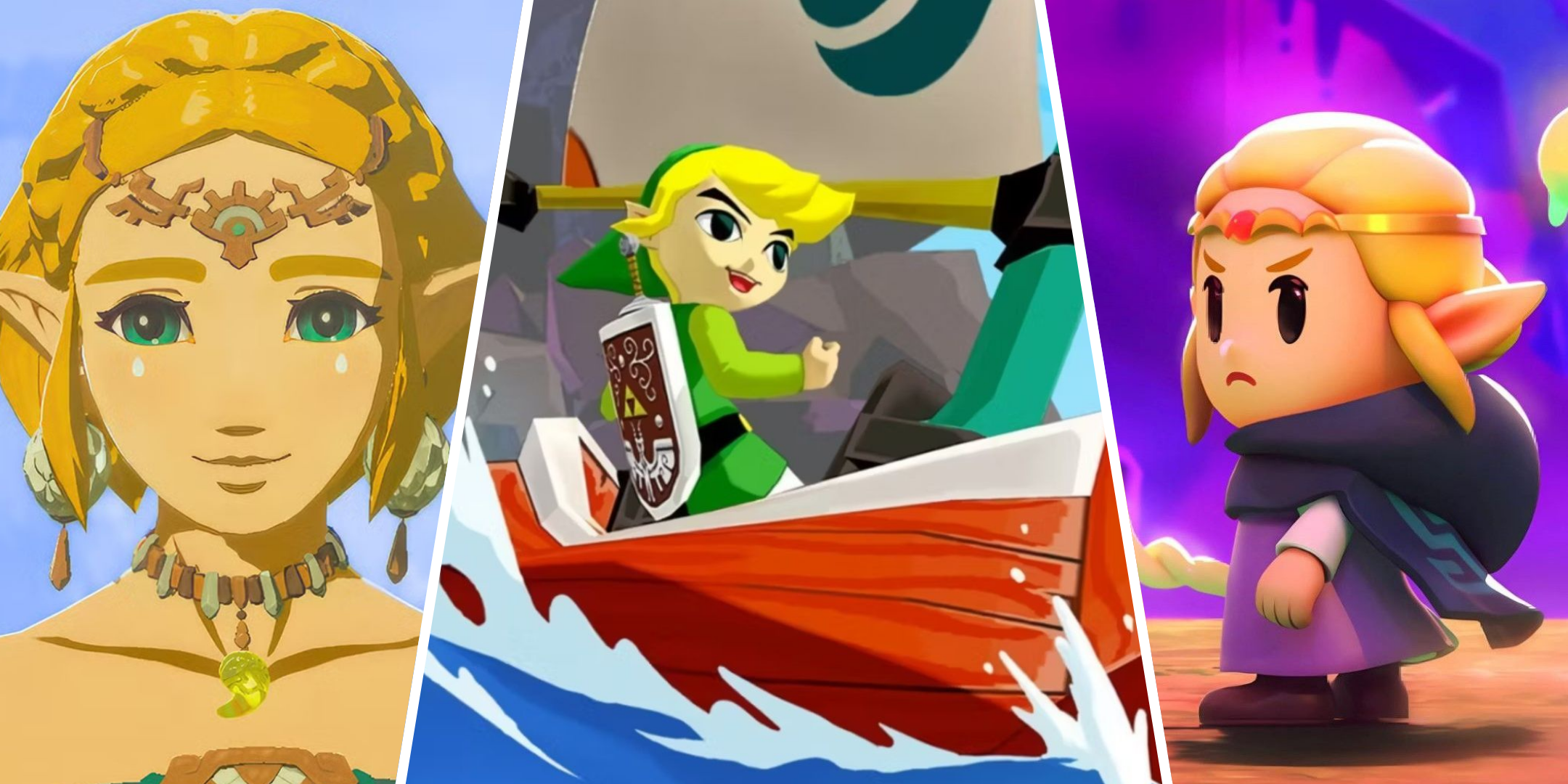
Related
10 Zelda Games With The Best Art Style, Ranked
From cartoonish to realistic, these Zelda games have the best art styles in the entire franchise!
However, with the 2023 release of The Legend of Zelda: Tears of the Kingdom, the term Imprisoning War was once again used to describe the conflict between Ganondorf and the newly introduced Zonai race that predicates the conflict of both Breath of the Wild and Tears of the Kingdom. Yet, with the soft-reboot nature of Nintendo’s Switch-era The Legend of Zelda titles, it is seemingly a coincidence that the name “Imprisoning War” is used once more.
4
The Era Of The Interloper War
A Gothic Conflict That Is Explained But Left Unexplored
Considering that The Legend of Zelda titles revolve around a central antagonist who incites death and destruction on the land of Hyrule for their self-gain, the events of the Interloper War are seemingly quite benign. Detailed in The Legend of Zelda: Twilight Princess, and taking place sometime after Skyward Sword, the Interloper War is waged over the Triforce once again – yet this time, the people of Hyrule are to blame as they scour the land in hopes of finding access to the Sacred Realm where it is located.
Yet, the Interlopers – a tribe particularly competent at dark magic – attempted to use their abilities to gain control over the Sacred Realm and were swiftly banished to the Twilight Realm for their deeds. Considering the very human desires and destruction of the conflict, and the early stage in which The Legend of Zelda‘s world was at upon the Interloper War’s incitement, along with the fact that it is effectively only mentioned in Twilight Princess, the Interloper War is a conflict that could use with some severe detailing in future titles.
5
The Era Of The First Great Calamity
The Successful Skirmish That Predates Breath Of The Wild’s Opening
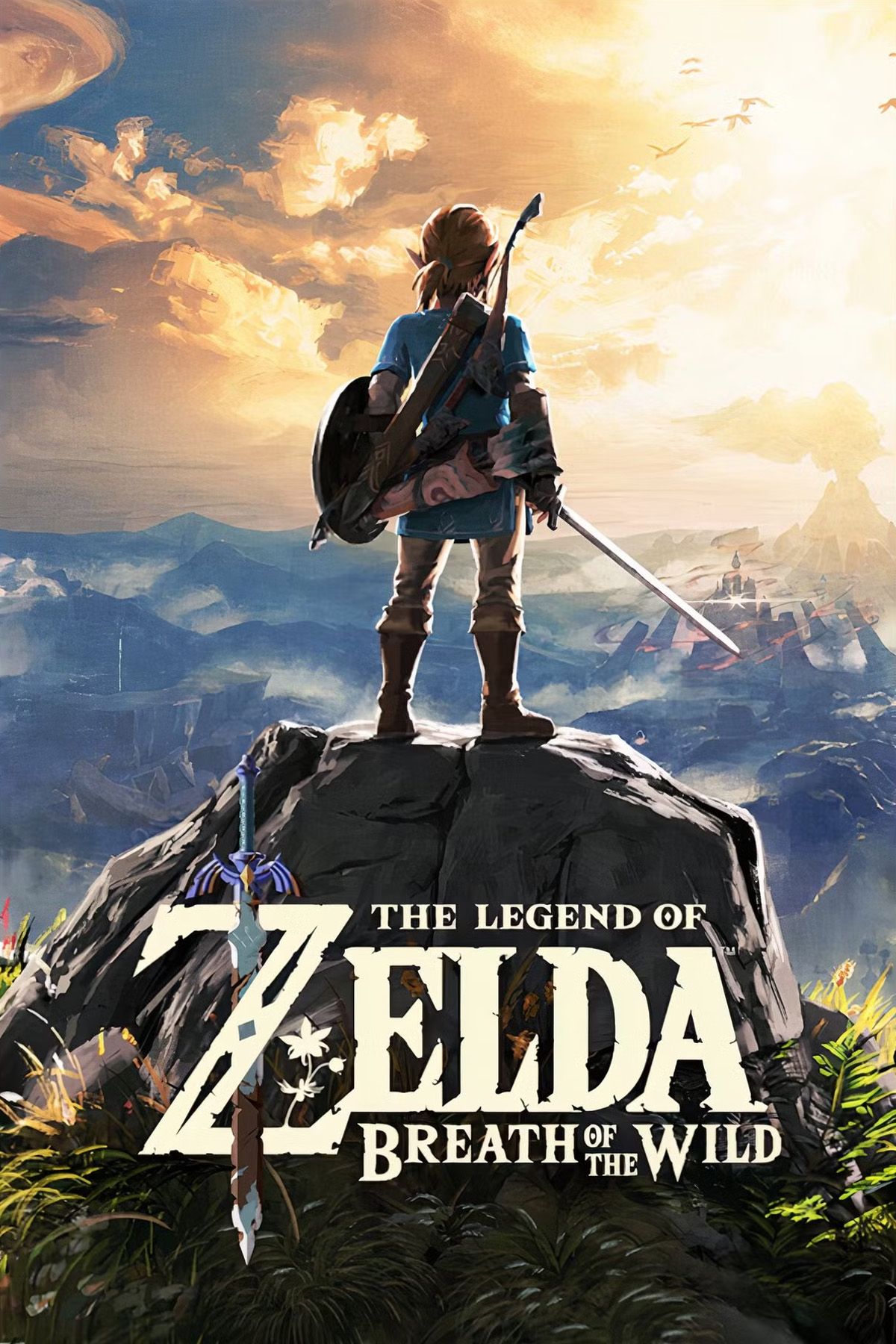
With the launch of The Legend of Zelda: Breath of the Wild, the Nintendo Switch and Wii U became home to arguably one of the most celebrated yet narratively diverging titles in the acclaimed fantasy action-RPG franchise’s history. Framing its tale around the reemergence of Link after his defeat, and detailing the cyclical nature of narratives in The Legend of Zelda franchise, Breath of the Wild centered its conflict within the bounds of two Great Calamities.
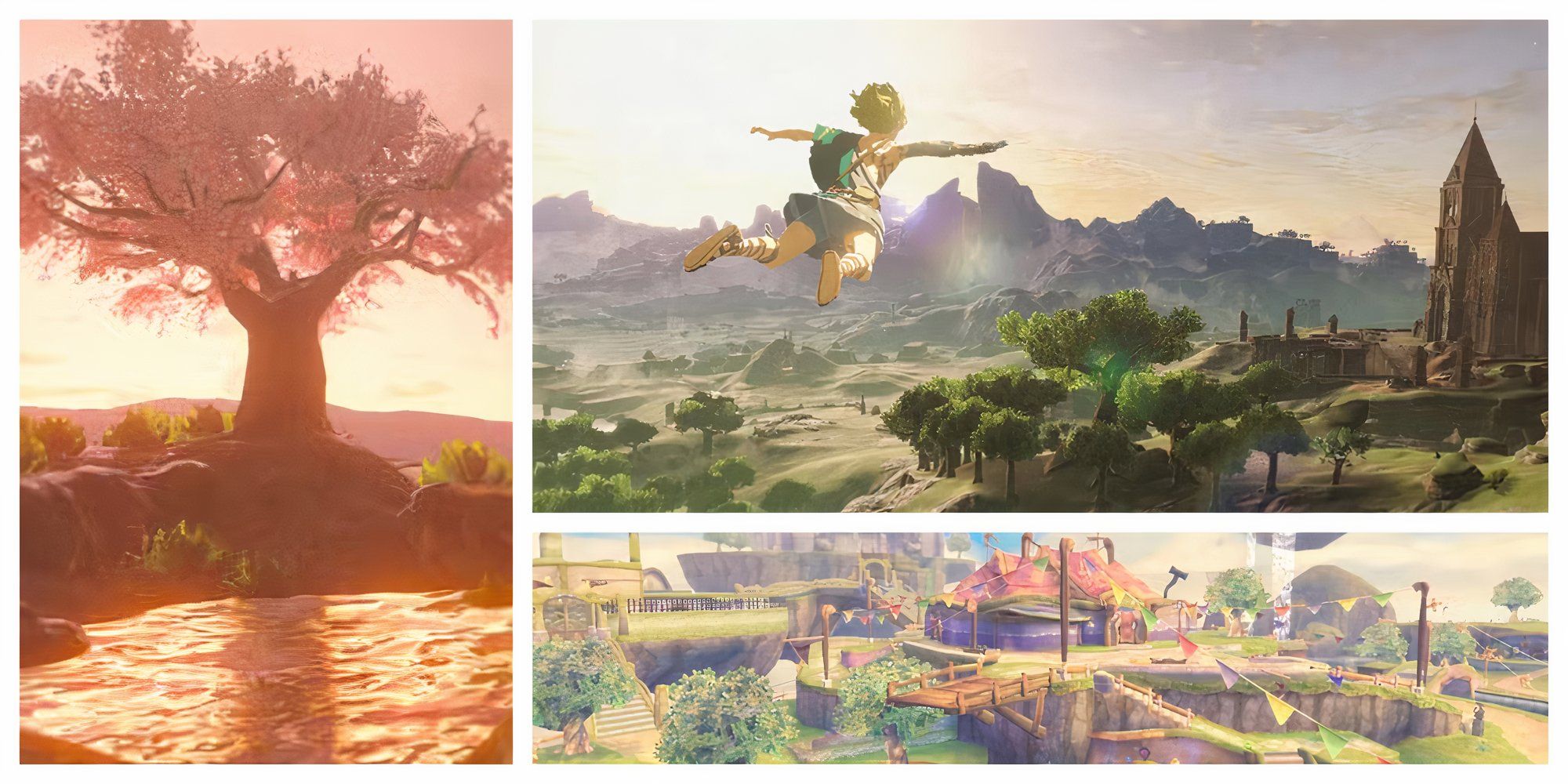
Related
8 Most Beautiful Locations In The Zelda Games, Ranked
The Legend of Zelda game series has featured some gorgeous vistas throughout the years, and the following stand out as the most picturesque.
While the Second Great Calamity – where Ganon takes control over the Hylian army’s Guardian forces and claims victory in the kingdom – is the frame for Breath of the Wild‘s plot, the original Great Calamity is detailed by Impa to the player in the game’s opening hours. Taking place 10,000 years before the events of the 2017 title, and presented with an air of myth, the original Great Calamity shows the overwhelming power of the Guardians and not only presents a time in which Ganon was successfully defeated but also where the cycles of death and rebirth in The Legend of Zelda series were actively taken into account.
6
The Era Where Link Becomes “The Hero’s Shade”
A Depressing Ending For One Of Nintendo’s Greatest Heroes
Branching from The Legend of Zelda: Ocarina of Time‘s narrative, where Link defeats Ganondorf and is sent back to his childhood days, the “Child Era” of the Zelda timeline contains within it a host of some of the more macabre tales in the franchise. In this instance, the events of the Interloper War occur, and the Link of The Legend of Zelda: Twilight Princess interacts with a skeletal figure known as the “The Hero’s Shade” who in turn reveals themselves to be the Hero of Time from Nintendo’s acclaimed 1999 N64 title.
While players are taught seven special sword techniques by the Hero’s Shade, the centuries-old hero’s journey between Ocarina of Time and Twilight Princess is yet to be detailed further than a few shy details. Especially considering Ocarina of Time‘s place within the annals of video game history and Young Link’s inclusion in crossover titles such as Super Smash Bros. Melee, the fact that such a defining protagonist of the series remains shrouded in mystery is particularly peculiar.
7
The Era Where Demise & Hylia Fight For Triforce
The Conflict That Incited The Zelda Series’ Cyclical Narrative
Detailed in the first moments of 2011’s The Legend of Zelda: Skyward Sword, and presenting one of the earliest moments of the fantasy action RPG’s timeline, the ancient battle between Demise and the goddess Hylia is a uniquely unexplained event in the Zelda universe.
While the bygone battles of this era were detailed in a watercolor cutscene of Skyward Sword‘s opening, the cyclical nature of The Legend of Zelda‘s conflict ensured that it remained ambiguous. Considering its place as one of the first conflicts in Nintendo’s renowned franchise, and Demise’s position as the progenitor from which much of the series’ antagonism stems, the fact that it has remained obscured and unexplored is equally mysterious.
8
The Era Of Conflict between Null & The Three Goddesses
A Contemporary Yet Existential Look At The Zelda Universe’s First Moments
Considering the relative recency of 2024’s The Legend of Zelda: Echoes of Wisdom, the fact that it has posited questions to its audience that reverberate to the very beginnings of the Zelda universe’s creation is truly commendable. Continuing the use of developer Grezzo’s “charming hand-crafted art style” that originally saw use in 2019’s The Legend of Zelda: Link’s Awakening and revealing its overarching antagonist to be Null – an existentially ancient threat to the Zelda franchise – Echoes of Wisdom arguably expanded the narrative more than many others of the series’ more “realistic” titles.
Predating The Legend of Zelda: Skyward Sword‘s Demise – the, up till then, most ancient threat to Hyrule – and acting as a hostile force to the Zelda series’ Golden Goddesses, Null’s mere existence spawns many more questions than its brief encounter has been able to answer. As such, despite its contemporary unveiling, the Genesis-esque era from which Null originates is ripe for narrative expansion and extrapolation.
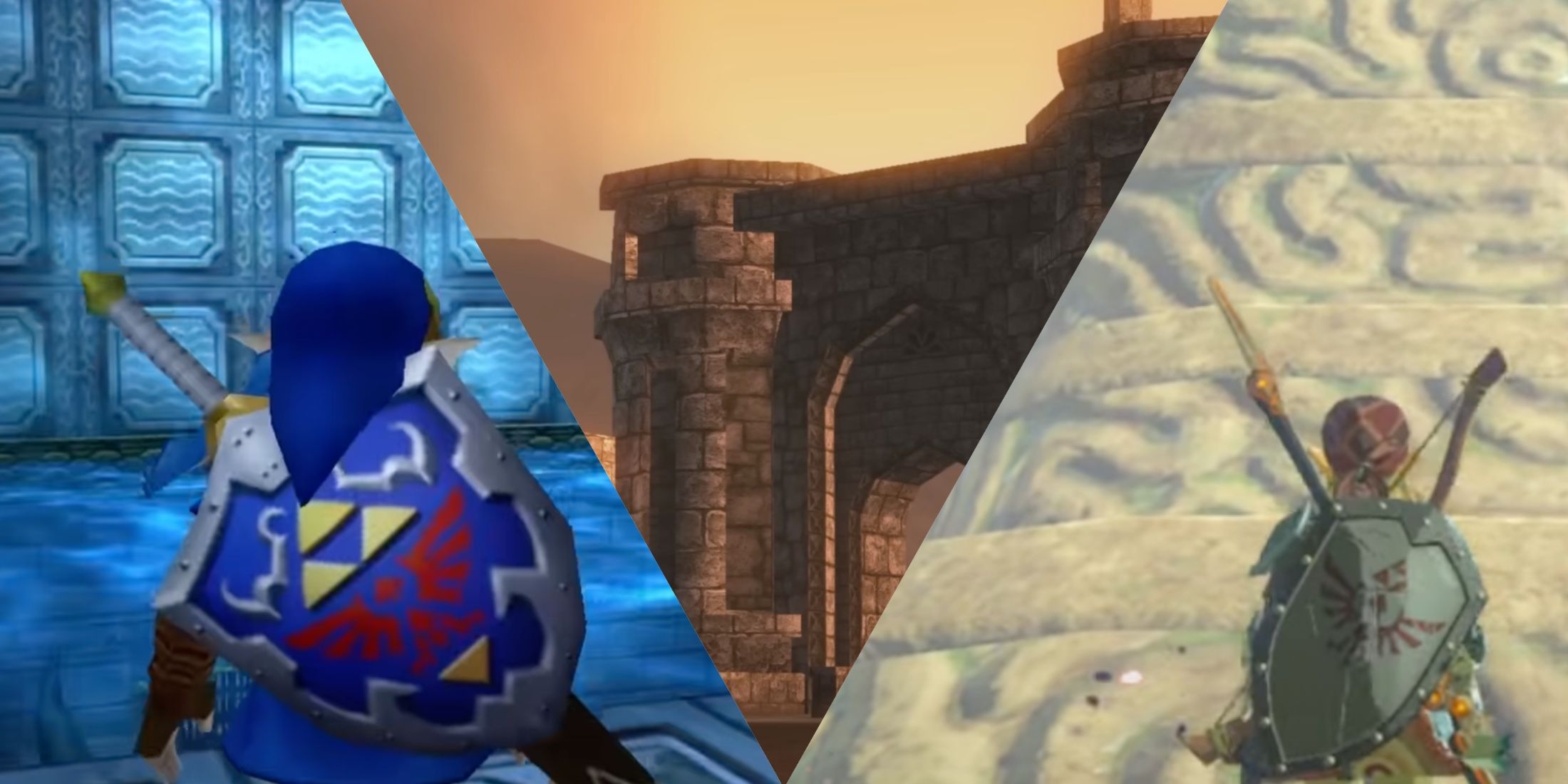
More
8 Most Immersive Zelda Games, Ranked
Many of The Legend of Zelda games have offered immersive experiences that make it hard for players to put down.
Source link
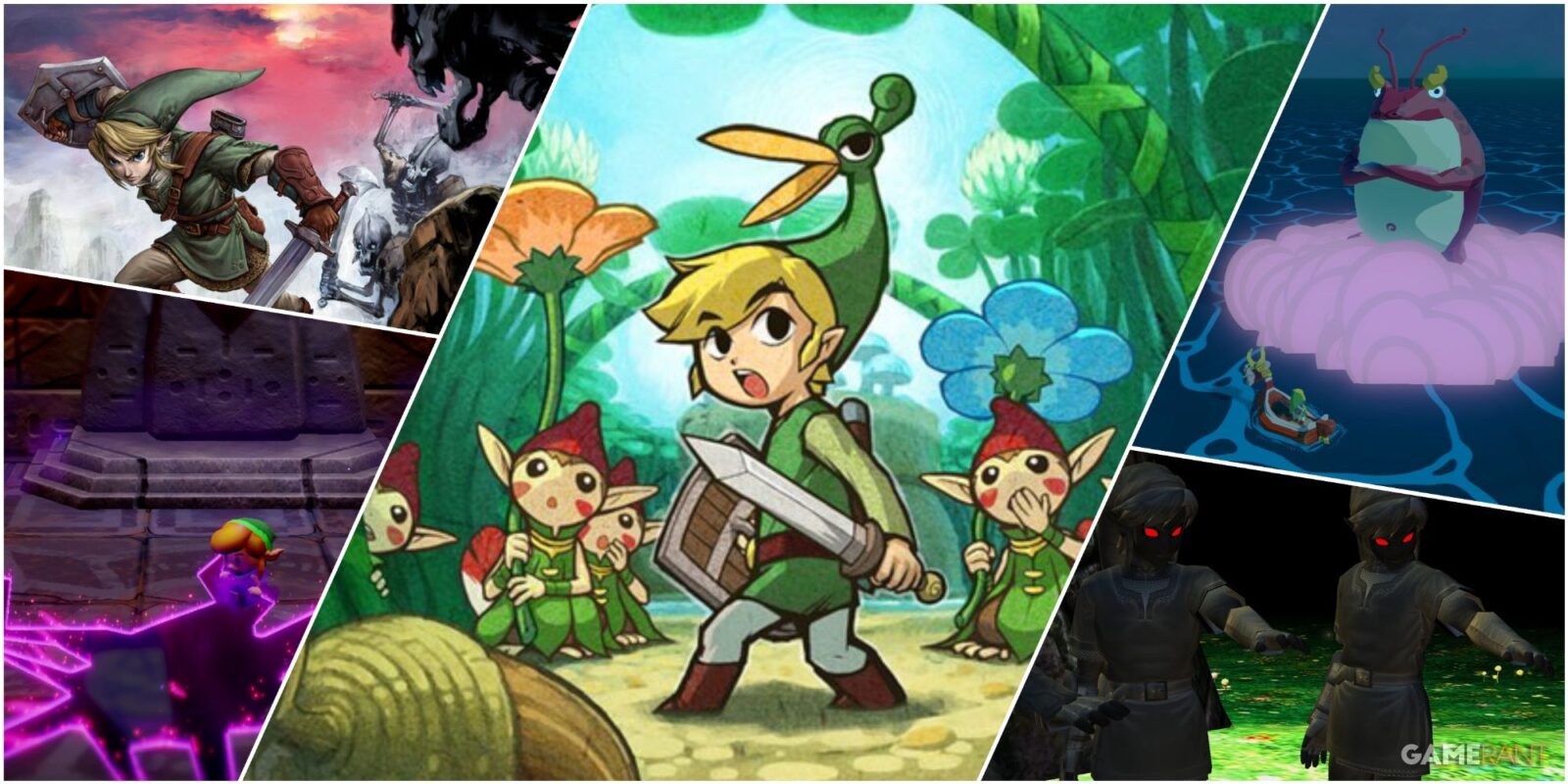

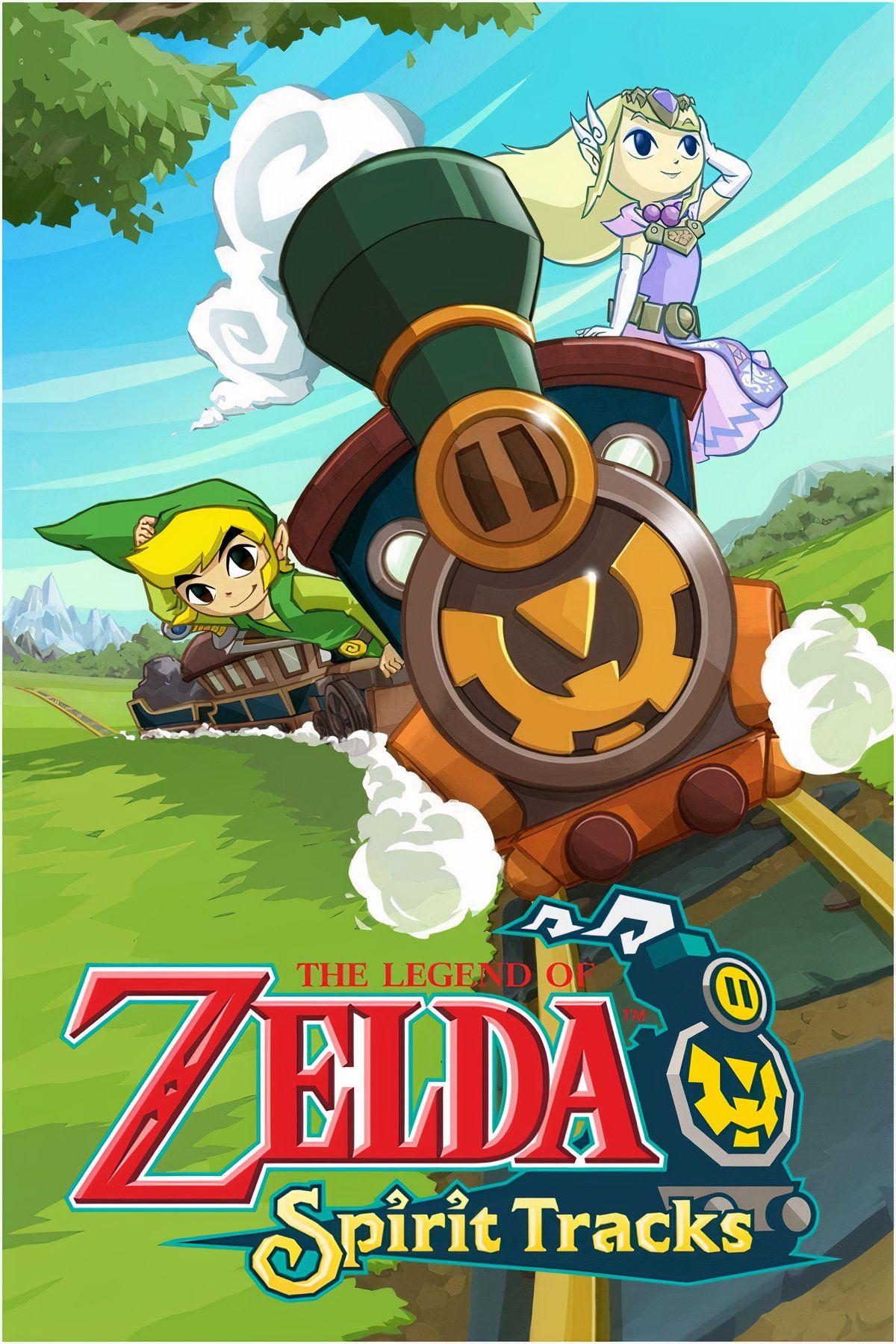
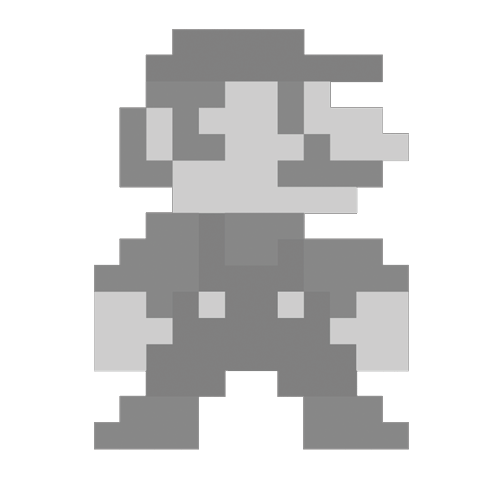
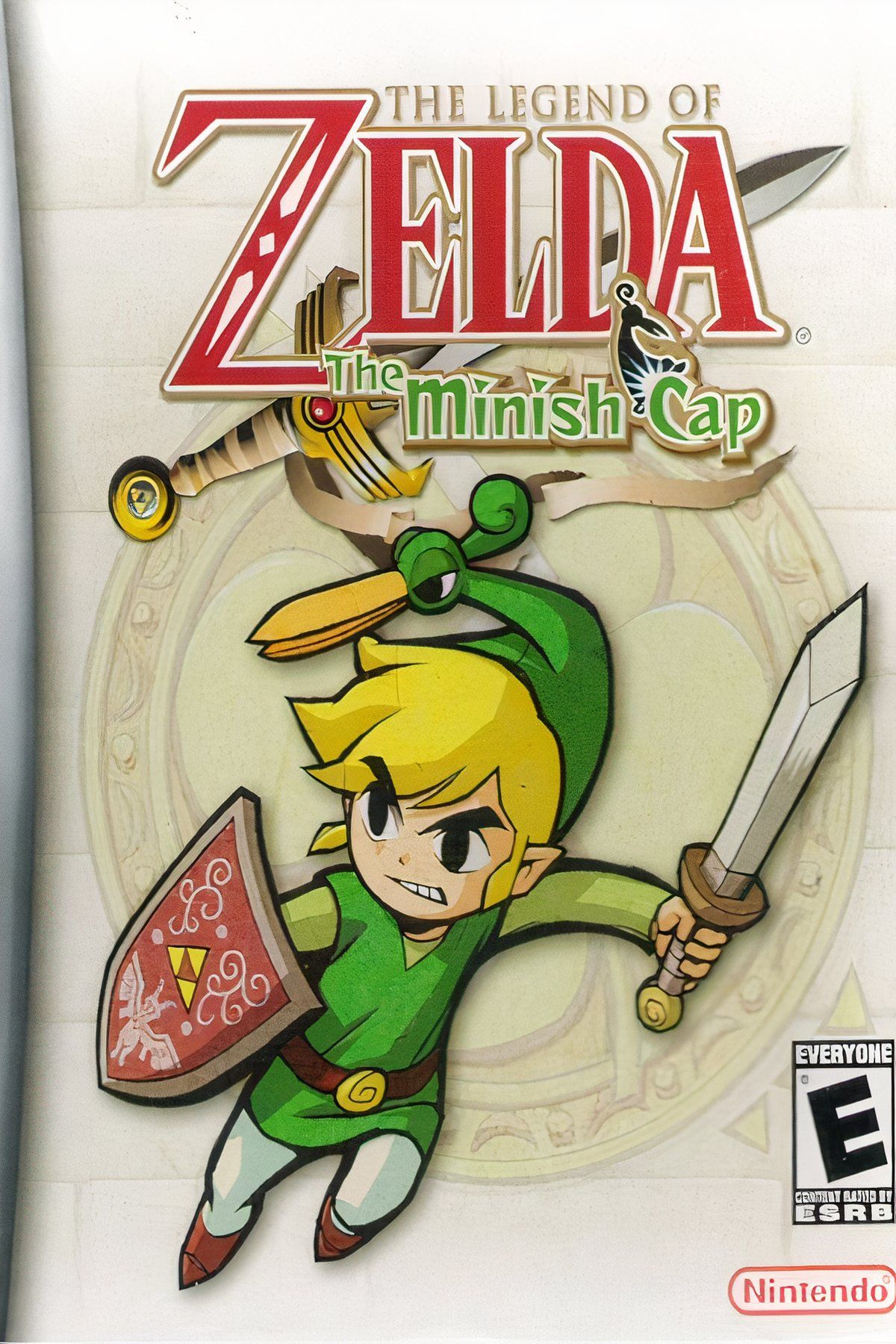
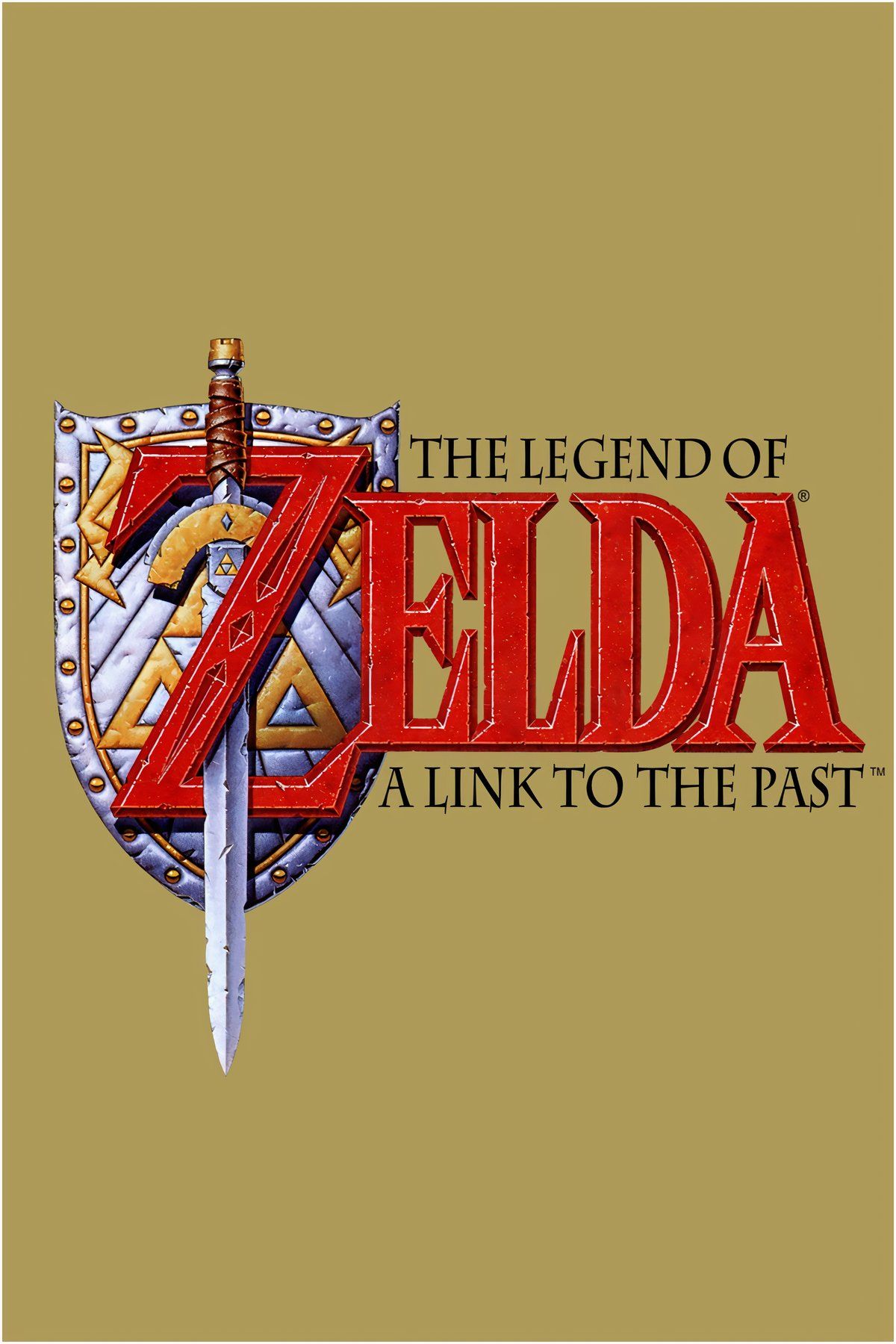
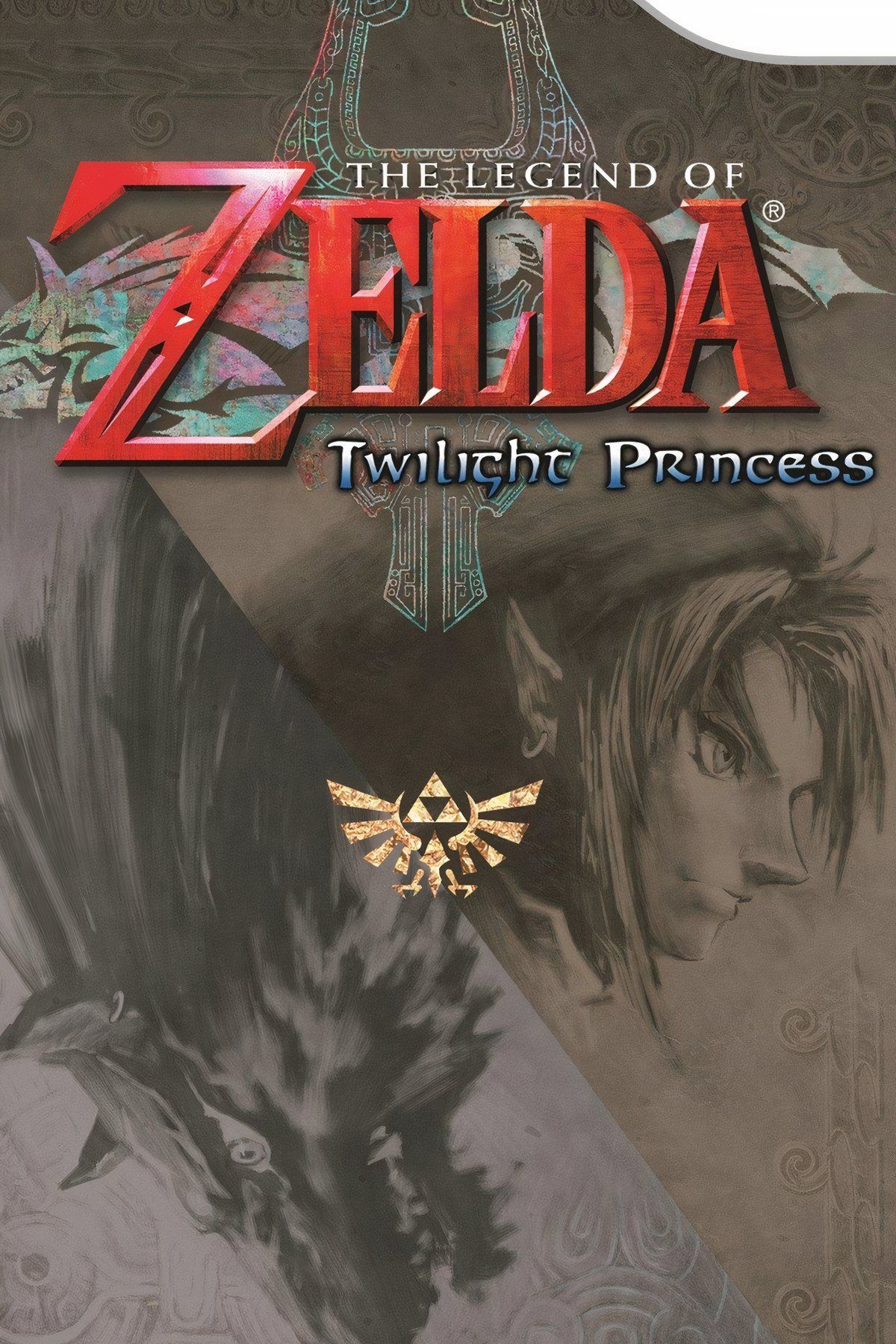









Leave a Reply